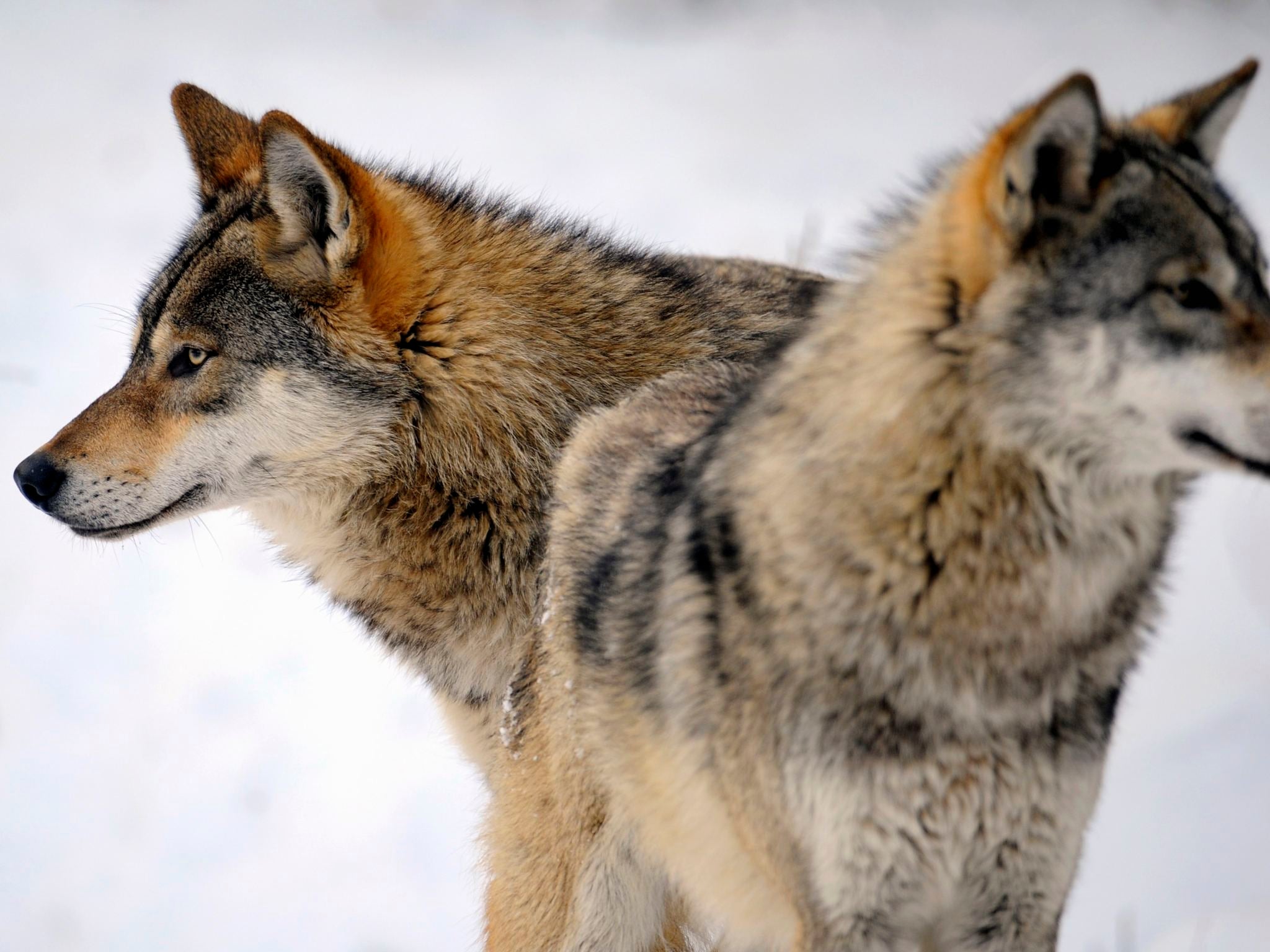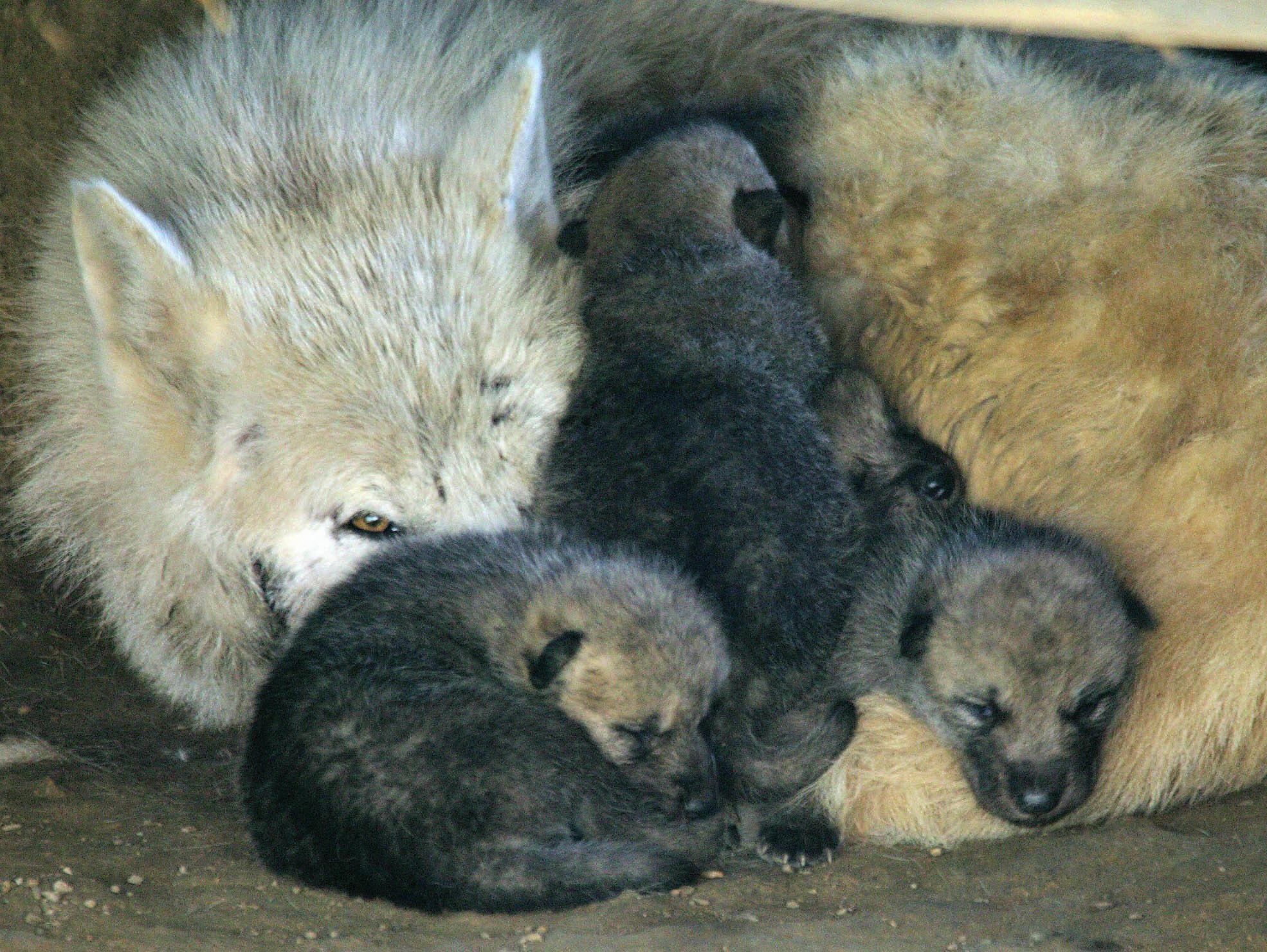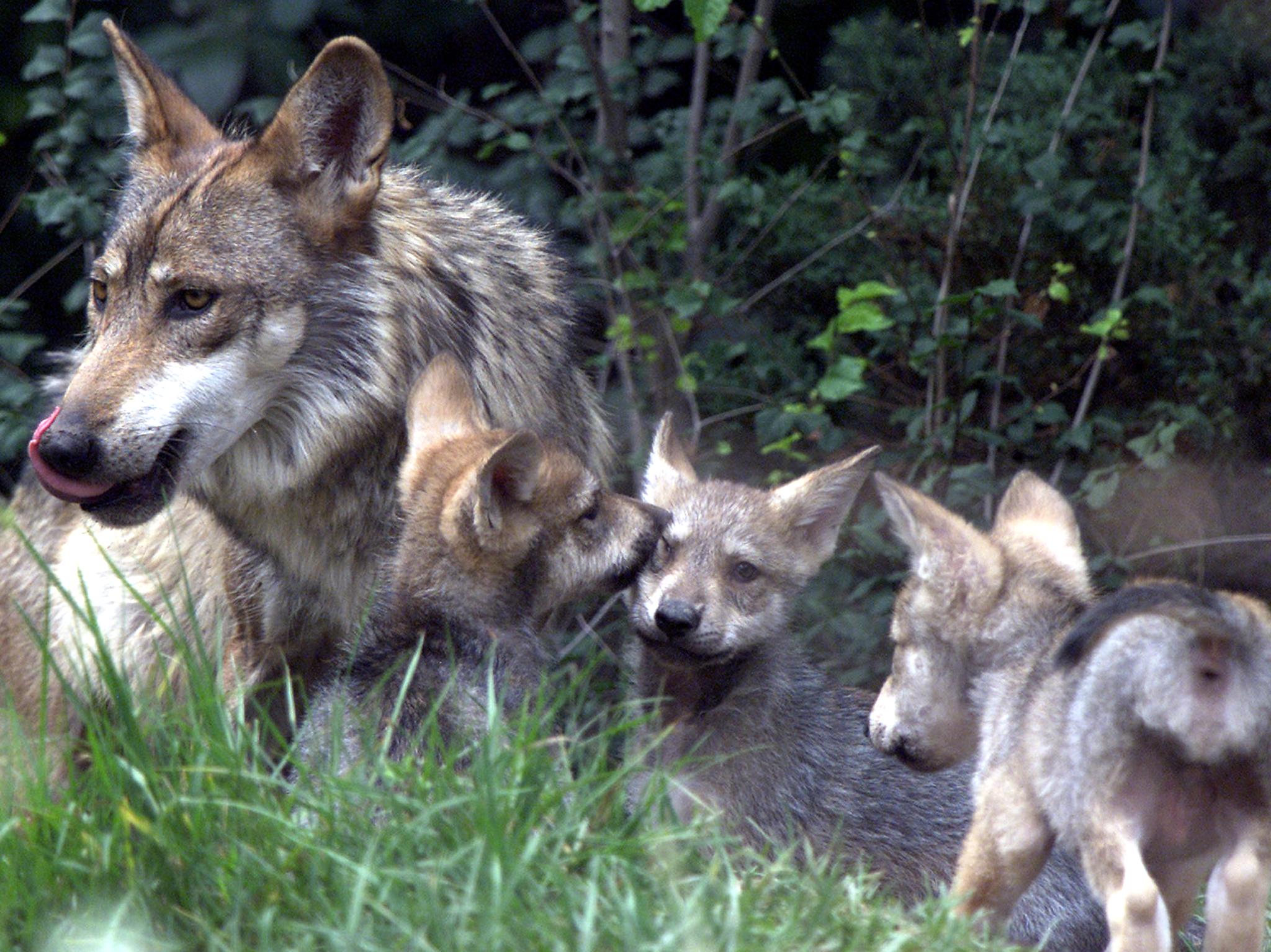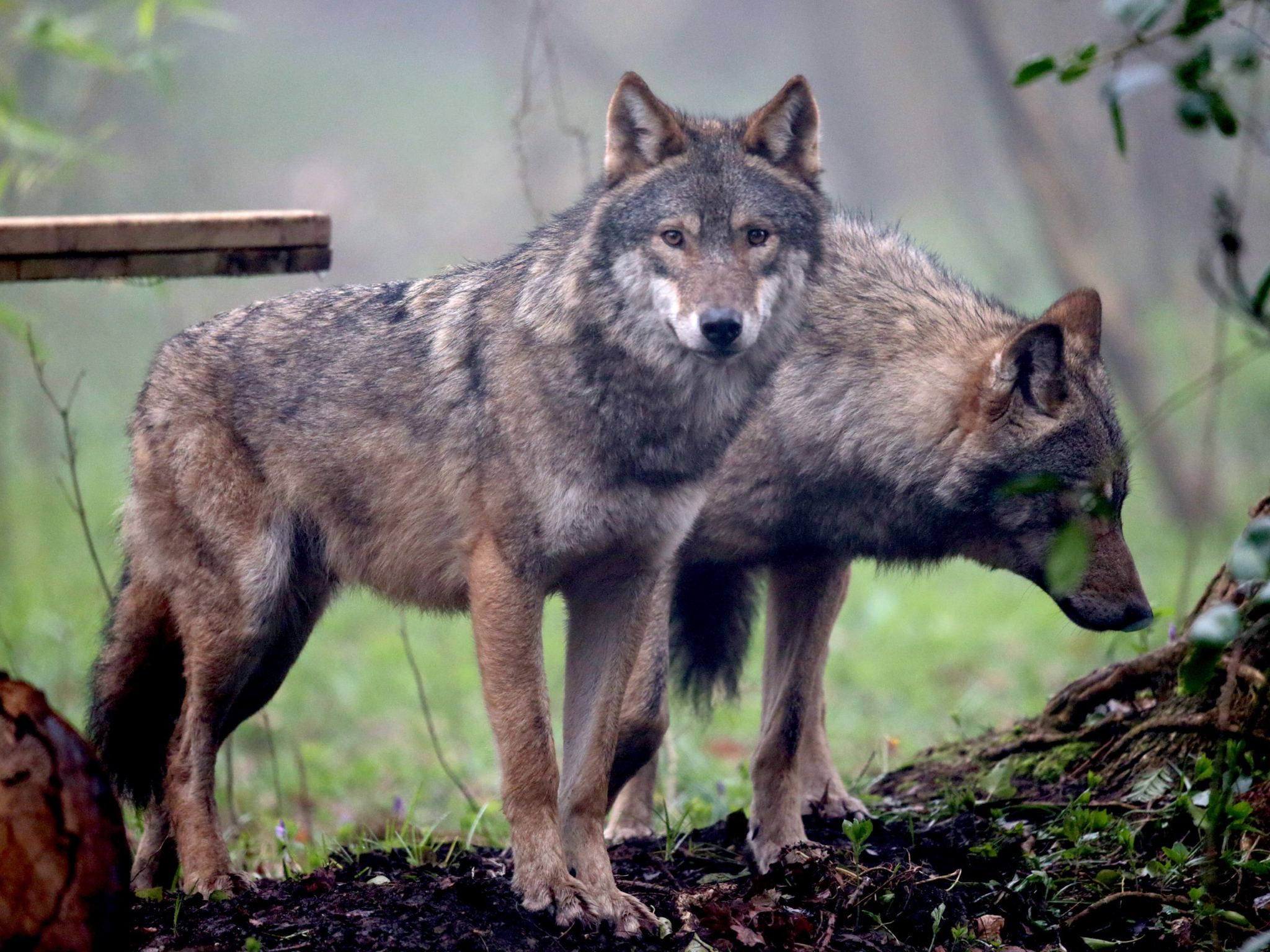It’s been a bone of a contention, in zoological circles, as to how man and dog first began their famous relationship. When did dogs evolve as a separate species from wolves and did it happen once or many times in different places around the world?
While the latest study into European canine genealogy doesn’t answer all of the questions, it does manage to match up the domestication very closely with Homo Sapiens’s arrival on the continent too, raising the possibility that, for man and dog, it’s always been something of a love at first sight.
Scientists from the Swedish Museum of Natural History have successfully identified a 35,000-year-old Siberian wolf as directly sharing a common ancestor with modern day breeds for arctic and domestic dogs. According to its DNA similarities, this ancient individual can only have existed after a three-way split in the lupine family which occurred when dogs were first domesticated by man.

This discovery puts the event back within touching distance of man’s arrival in Europe 40,000 years ago indicating that it took virtually no time at all for the two species to learn to get along and showing the special relationship between man and beast is far deeper than the previous estimates of the 15,000 years ago. Early theories had suggested that it wasn’t until man settled down in agriculture that domestication occurred.
According to world-leading wolf expert, L. David Meech, who spent several seasons living among American wolves near the North Pole, it's because the key successful behaviour of the species has been the ability to get along so well with those around them while in the pack. With humans living in close proximity, and not seen as prey by the wolves, friendship was destined to happen.

“It’s something about the wolves natural affinity to each other that makes them so apt as a human companions,” said Meech.
“You get the general impression that they like each other very much. As soon as they mature, they begin to play with the younger pups. One year when I was with them I even noticed them hugging each other.”
“When I lived with them, it was not unusual for them to come around and be with me. I can even recall a situation where there was a photographer sneaking around that the wolves perceived as an intruder and they got upset. The male wolf started barking at me and I didn’t understand. Then I went around and saw what was going on and I began to yell at the photographer myself. One of the female wolves came alongside and started barking along with me.”

The discovery of the 35,000-year-old Siberian wolf was made possible thanks to analysis of a 5cm section of bone found on the Taymyr Peninsula in the far reaches of Northern Russia. Increasing melts to the permafrost in the region revealed it for the first time from cover. With many more paleontology treasures doubtless hidden with the ices, there’s every reason to expect an even closer match between the timelines of men and wolf species in the future.
Lead researcher on the study, Love Dalen, explained his ideas to BBC News on why the bond between man and those ancient packs formed so quickly.
"One scenario is that wolves started following humans around and domesticated themselves," he said.
"Another is that early humans simply caught wolf cubs and kept them as pets and this gradually led to these wild wolves being domesticated. If this model is correct then dogs were domesticated by hunter-gatherers that led a fairly nomadic lifestyle."
So, as well as Meech's social observations, something of the perfect reciprocal combination of cupboard love and finding puppies just too cute may well also have had their parts to play. Throw it all together and it was a friendship for life.

Join our commenting forum
Join thought-provoking conversations, follow other Independent readers and see their replies
Comments